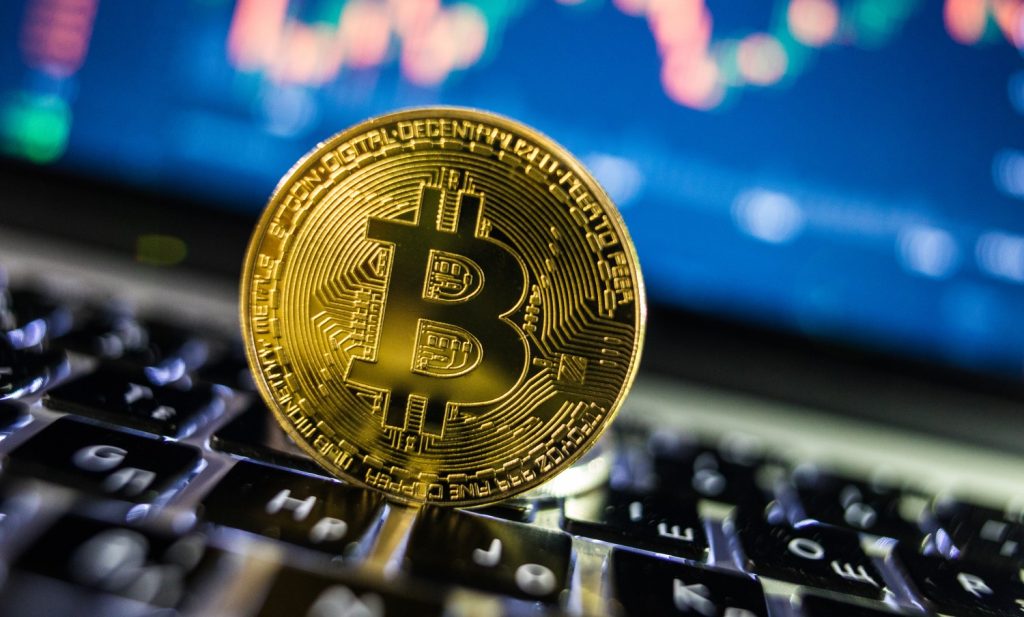Cryptocurrency Analytics Transform Overwhelming Data Into Clear Investment Opportunities
Cryptocurrency analytics have become an indispensable tool for investors navigating the complex and often volatile world of digital assets. The sheer volume of data generated by the cryptocurrency market ranging from price fluctuations, trading volumes, blockchain transactions, social media sentiment, and news developments can easily overwhelm even the most seasoned traders. Without the proper tools to interpret this vast array of information, making informed investment decisions would be nearly impossible. Cryptocurrency analytics transform this overwhelming data into clear, actionable insights that empower investors to identify lucrative opportunities and mitigate risks effectively. At the core of cryptocurrency analytics is the ability to process and analyze real-time market data. This includes tracking price movements, order book dynamics, and trade volumes across various exchanges. By examining patterns and anomalies within this data, analytics platforms can reveal trends that might otherwise go unnoticed. For instance, sudden spikes in trading volume combined with price movements can indicate strong buying interest or potential market manipulation, allowing investors to react promptly.

Additionally, latest crypto news analytics tools often integrate historical data to provide context for current market behavior, helping investors differentiate between short-term volatility and longer-term trends. Beyond raw market data, cryptocurrency analytics also incorporate on-chain metrics data derived directly from blockchain activity. This includes tracking wallet addresses, transaction flows, token distribution, and network health indicators such as hash rates or staking participation. These on-chain insights are crucial because they reveal the fundamental activity underlying a cryptocurrency’s ecosystem. For example, a growing number of active wallet addresses or an increase in token transfers can signal heightened user adoption and network utility, which are often precursors to price appreciation. Conversely, a concentration of tokens in a few wallets may indicate potential risks of price manipulation or liquidity issues. Sentiment analysis is another powerful aspect of cryptocurrency analytics that leverages data from social media platforms, news outlets, forums, and other online communities.
Given the highly speculative nature of cryptocurrency markets, public sentiment can significantly influence price movements. By analyzing trends in social chatter and media coverage, investors can gauge market mood whether bullish, bearish, or neutral and anticipate potential shifts before they manifest in price action. This insight is particularly valuable during major announcements, regulatory changes, or technological upgrades, where market sentiment can rapidly evolve. Machine learning and artificial intelligence have further enhanced the capabilities of cryptocurrency analytics by enabling the detection of complex patterns and predictive modeling. These advanced techniques analyze multifaceted datasets to forecast market trends, price movements, and volatility with increasing accuracy. Investors benefit from AI-driven signals that help optimize entry and exit points, manage portfolio risk, and improve overall trading performance. As the technology continues to evolve, analytics tools are becoming more sophisticated, incorporating deeper layers of data and offering personalized insights tailored to an investor’s specific strategy and risk tolerance. The impact of cryptocurrency analytics extends beyond individual traders to institutional investors and fund managers who require robust data-driven strategies to manage large portfolios.





